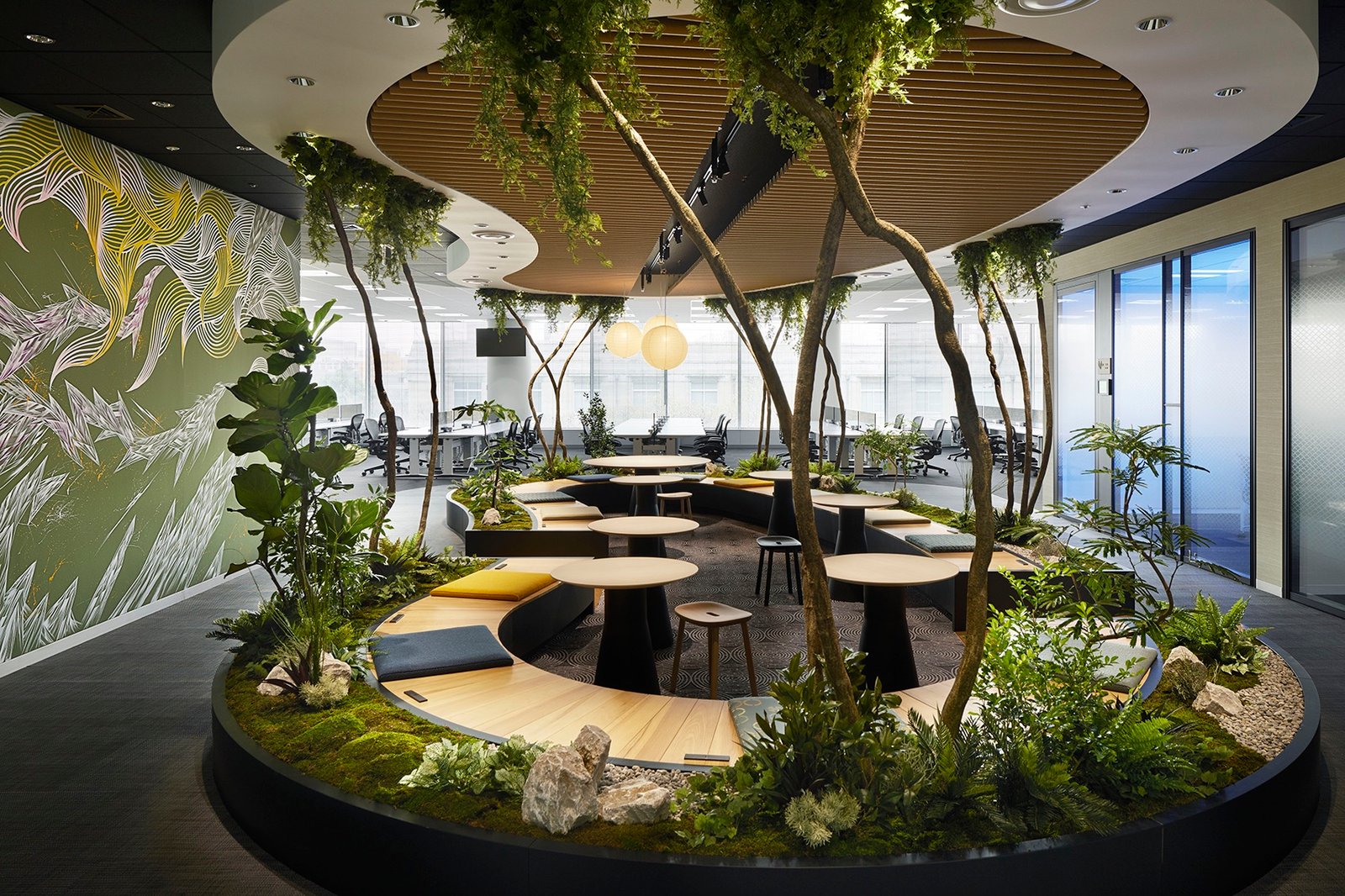Biophilic Design and its Role in Promoting Health and Well-being in Urban Spaces
Biophilic Design and Its Role in Promoting Health and Well-being in Urban Spaces
With the rise of urbanization and the pressures of city life, biophilic design has become an influential approach in architecture to reconnect people with nature. This design philosophy focuses on incorporating natural elements into built environments to enhance human well-being, productivity, and creativity. As cities grow denser, biophilic design is not only a choice but a necessity to foster healthier, happier communities.
1. What is Biophilic Design?
Biophilic design is an architectural approach that integrates elements of the natural world—such as light, greenery, water, and natural patterns—into urban spaces. This design framework is rooted in the idea that humans have an innate connection to nature (biophilia), and it aims to recreate that connection within constructed environments.
2. Benefits of Biophilic Design on Health and Well-being
Numerous studies highlight the positive effects of biophilic design on physical and mental health. Exposure to natural elements in workplaces, schools, and homes reduces stress, boosts mood, and can even lower blood pressure. For instance, research has shown that hospital patients in rooms with nature views experience faster recovery times compared to those without such views. Similarly, office environments with greenery and natural lighting see increased productivity and employee satisfaction.
3. Key Principles of Biophilic Design
Biophilic design operates on principles such as:
- Direct Contact with Nature: Incorporating natural elements like plants, water features, and access to outdoor spaces.
- Natural Light and Ventilation: Maximizing natural lighting through strategic window placement and using materials that allow airflow.
- Organic Patterns and Materials: Using materials like wood and stone, and designs that mimic natural patterns, such as leaves or waves, to create a harmonious environment.
- Sense of Place: Creating spaces that reflect local nature, making occupants feel more connected to the environment.
4. Applications in Urban Spaces
Cities worldwide are embracing biophilic design in public spaces, residential complexes, and office buildings. Examples include vertical gardens on building facades, urban parks, and indoor atriums with native plants and trees. New York’s High Line park, for instance, transformed an old rail line into a green public space, providing a natural retreat amidst the urban landscape.
5. Challenges and Future Prospects
Implementing biophilic design in densely populated cities poses challenges, such as cost and space constraints. However, advancements in sustainable materials and modular green spaces are making it easier to bring biophilic elements into urban environments. As climate change and urban stress increase, the demand for biophilic design is likely to grow, promoting a future where urban life and nature coexist harmoniously.
In conclusion, biophilic design presents an innovative way to foster a deeper connection to nature within urban environments, supporting both ecological sustainability and human well-being.


Comentarios
Publicar un comentario